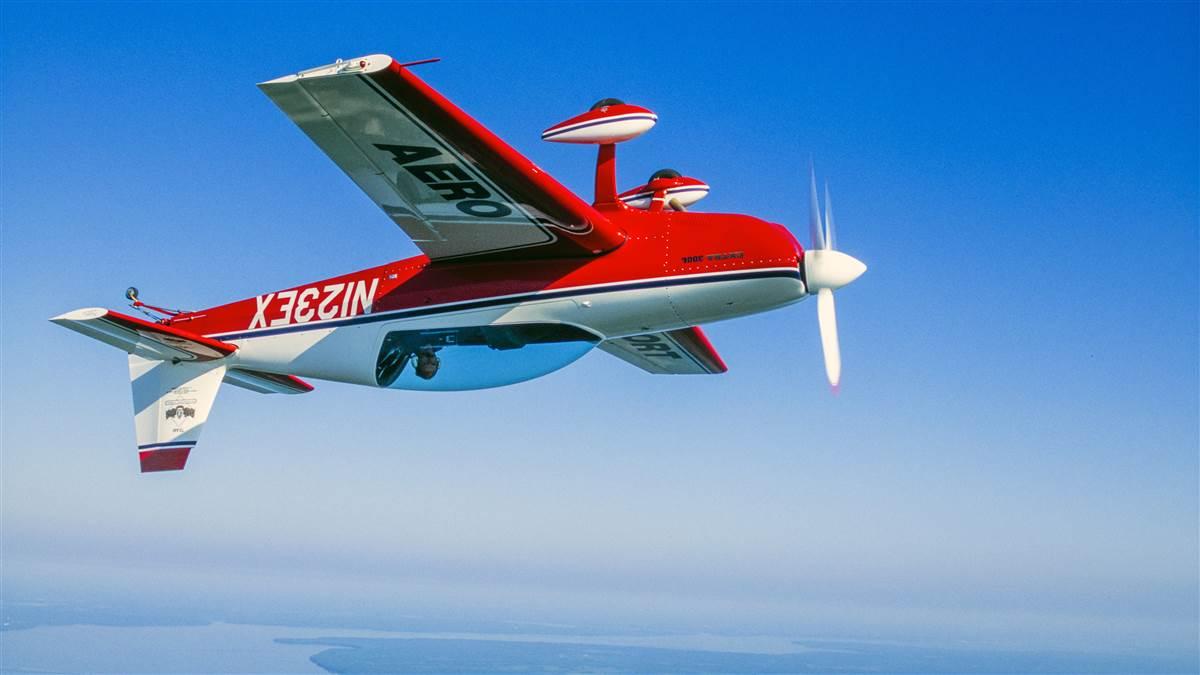Ramp Appeal: Extra 300L
Limited visibility

In the landing attitude, the wings block the pilot’s view of the horizon in exactly the places—just left or right of the nose—where pilots look to adjust their attitude and lineup just prior to touchdown. The Extra 300 also is difficult for the front-seater to get into and out of, and once strapped in, the front-seat perspective is like peering out of a manhole cover.
The Extra 300L (the L stands for “low” wing) is a successor that addresses those criticisms, and its shorter wingspan (24 feet instead of 26 feet) and a revised aileron design give the L an exceptionally fast roll rate of about 400 degrees per second. Extra Aircraft of Germany introduced the L in 1995, seven years after the mid-wing –300 first flew, and the low-wing design has become the company’s most popular model.
Extra 300Ls are certified in Europe and the United States, and they’re often used for aerobatic and upset-recovery training. They’re stressed for plus or minus 10 Gs; they’re built around a steel tube fuselage, using mostly composite materials; and they have 300-horsepower Lycoming AEIO-540 engines.
Extra Aircraft’s successive aerobatic aircraft all incorporated the low-wing design introduced with the Extra 300L. The LP is a lighter version that includes more carbon fiber construction; the LX has a more powerful Lycoming AEIO-580 engine; the LT has a non-symmetrical wing capable of higher cruise speeds; and the NG is all carbon fiber.
The original Extra 300 was a pioneering design that appealed to aerodynamic purists. Its mid-wing, symmetrical airfoil with a zero-degree angle of incidence meant that “inside” (positive-G) and “outside” (negative-G) aerobatic maneuvers could be flown at identical airspeeds with the same stick forces.
But creature comforts and improved visibility, especially in the landing attitude, proved to be more important considerations for the L and later models.

